Be it humble spaghetti or transportive manicotti, pasta is known to make an impression. It can be both struggle food and white tablecloth-worthy, but no matter how it’s presented, Italian noodles are a comfort and a joy to consume. While there are some caveats, pasta in itself is a generally vegan-friendly food, particularly in its dried form (fresh gets a bit iffy, as it often contains eggs—more on that later).
With approximately 300 Italian noodles of varying sizes, shapes, and textures, there’s a lot of ground to cover. Here’s what you need to know in regard to which Italian noodles are vegan and how to prepare them in ten deliciously saucy and memorable recipes.
Table of Contents
Fresh versus dry Italian noodles
Dried pasta is the most common form of pasta in the US—both in retailers and restaurants. It’s easier to store (no refrigeration needed, unlike the fresh variety), the shelf life is longer (two years versus one to three days), and for restaurants, it’s far more convenient in terms of preparation. Making pasta from scratch requires at least an hour—this includes a minimum 30-minute resting time in addition to mixing the dough and cutting the individual noodles. A dried box variety may take slightly longer to cook by a few minutes, but it’s vastly quicker overall.
Beyond the preparation method, the most significant difference between fresh and dry pasta is the ingredients. Fresh pasta is classically made with egg and high-gluten flour; dry pasta is made with water and durum or semolina flour. The use of egg provides both fat and moisture to fresh pasta, creating a delicate and tender noodle best suited for lighter sauces. Dried pasta is heartier, and while not as silky as fresh, it can better stand up to bold sauces and meaty mix-ins.
To make vegan fresh pasta, the egg is swapped out for water and a touch of olive oil. This addition provides the fat element and leads to a more indulgent bite. Some recipe developers recommend adding a pinch of saffron or turmeric to the dough to replicate the eggy yellow color. However, this is just for aesthetics and has no effect on the taste or texture of the noodles.
Fresh pasta is most often used for long Italian noodles or dumpling-like pasta such as ravioli or tortellini. Practically speaking, it’s far easier to cut a simple noodle strand compared to a ridged penne or folded farfalle. If you’re eyeing a dish with a short, complex shape on a restaurant menu, you can safely assume it’s made with dry pasta.
The newest Italian noodle shape
Despite the estimated 300 different pasta shapes and sizes, one podcaster and food journalist decided the world needed one more. In the spring of 2021, Dan Pashman launched his five-part mini-series Mission Impastable detailing his laborious and often frustrating project of creating a new, more perfect pasta shape. Spoiler alert: he did it, and you can now find Castcatelli online, in gluten-free form through Banza, and a white-labeled version at some Trader Joe’s. Pashman was in search of a shape that ranked high on his top three pasta values: sauce-ability, fork-ability, and toothsink-ability (or how well sauce clings to the noodle, how easily you can get the pasta on your fork with minimal or no slippage, and how satisfying the bite of the pasta is, similar to mouthfeel).
The final shape is a short noodle, curled like a hook with wavy ruffles on each of the long sides. The ruffles catch the sauce and the sturdy backbone supports optimum fork-ability and toothsink-ability. No matter where you purchase it, this dried pasta is vegan. We’d love to see how it works in our favorite vegan macaroni and cheese recipe, or rather, with Castcatelli and cheese.
Vegan Italian noodle recipes
Often, pasta doesn’t need much adornment. Ask your four-year-old self, who was likely more than happy with a bowl of buttered noodles, or think back to the college days, when spaghetti and jarred marinara kept you company while slogging through yet another eight-page paper (and if you’re currently in that stage of life, we’ve been there, and you’ll get through it). However, there is infinitely more to Italian noodles than butter or store-bought tomato sauce. To mix it up, here are 10 vegan pasta recipes to make right now … or as soon as you can purchase the ingredients.
1 Vegan Buttery Lemon Pasta With Cashew Cream
This isn’t a light pasta, but the dominant lemon flavor makes it feel fresher than traditional, super indulgent alfredo. We love that it can be made in less than 20 minutes—perfect for date night or a solo weeknight dinner.
Get the recipe
2 Creamy Garlic Pistachio Pasta
Swap cashews for pistachios in your go-to vegan alfredo, and you’ve got a vibrantly green, creamy pasta sauce you can use on virtually any kind of noodle. This recipe infuses plenty of garlic and a touch of lemon into the blend, making for a flavor-forward yet balanced sauce even the pistachio-averse will fawn over.
Get the recipe
3 Garlicky Vegan Tuscan Bean Pasta
Creamy white Tuscan beans impart both texture and protein to simple spaghetti tossed with a simple white garlic sauce. Chewy sun-dried tomatoes and fresh spinach provide pops of color and additional flavor to this well-rounded plate of noodles.
Get the recipe
4 Simple Vegan Tomato Hummus Pasta
We’ve seen every flavor of hummus—including dessert hummus—it was only a matter of time before we paired it with pasta. The relatively neutral, slightly nutty dip acts as a simple, creamy sauce accented with bright pops of roasted cherry tomatoes and aromatic garlic.
Get the recipe
5 Vegan Angel Hair Pasta with Lemon, Kale, and Feta
Angel hair pasta fans, this one’s for you. While some scoff at this delicate noodle variety, this recipe showcases just how satisfying angel hair can be. The final dish is light, flavorful, and satiating. It’s a recipe we savor particularly in the summer months.
Get the recipe
6 Oil-Free Kale Pesto Pasta
The traditional base of pesto consists of pine nuts, fresh basil, and good-quality olive oil. While this combination is delicious, it is quite heavy. This lightened-up recipe provides the same herb-forward flavor and creamy, pleasantly grainy texture without any oil for those looking to consume less saturated or processed fats. With a healthy dose of nutritional yeast and a squeeze of lemon, you won’t miss the EVOO a bit.
Get the recipe
7 Creamy Vegan Pasta With Fried Mushrooms and Brussels Sprouts
Textural variety makes you want to go back for more, and this dish has it all. A cashew butter cream sauce envelopes tender noodles while meaty mushrooms provide chew and fried Brussels sprouts add a delightful crisp. Everyone will crave seconds.
Get the recipe
8 Meaty Vegan Jackfruit Pasta With Olives and Capers
Briny olives and capers complimented by meaty, nori-seasoned jackfruit replicate the experience of seafood pasta. It’s a solid pivot for those looking to explore pasta possibilities beyond red sauce ragu.
Get the recipe
9 Vegan Sausage and Ricotta Stuffed Shells
Technically, jumbo shells are a type of noodle, even if they aren’t quite short like penne or long like fettuccine. Meant for cramming in the delicious filling, these shells are excellent when stuffed to the brim with homemade or store-bought vegan ricotta, smothered with rich tomato sauce, and baked until bubbly.
Get the recipe
10 Linguine With Vegan White Clam Sauce
A heavy pour of quality white wine, a few drops of vegan Worcestershire sauce, a piece of nori, and equal amounts of non-dairy butter and olive oil replicate classic clam sauce exceptionally well. Pair this luscious sauce with any long noodle; it’s delicious on everything from spaghetti to tagliatelle.
Get the recipe

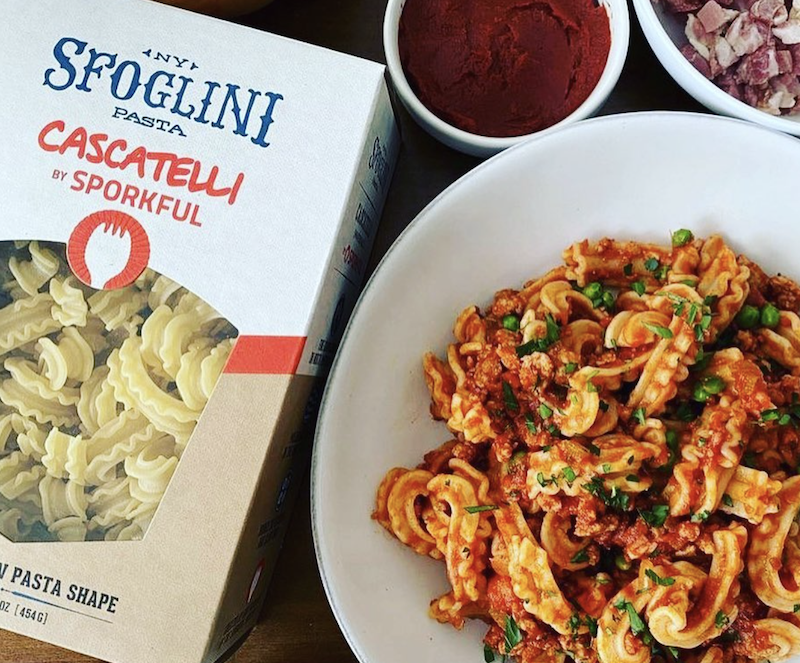
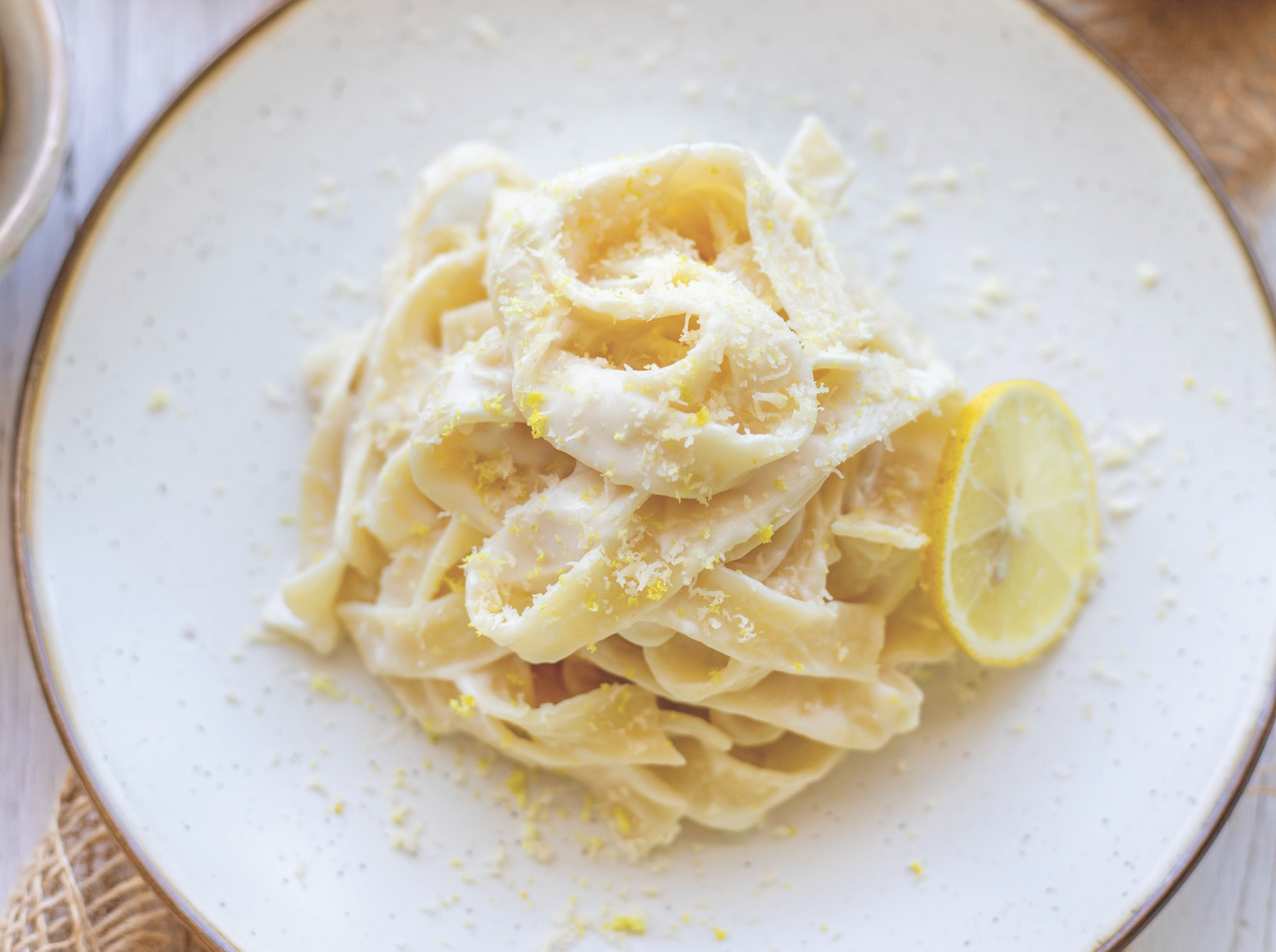
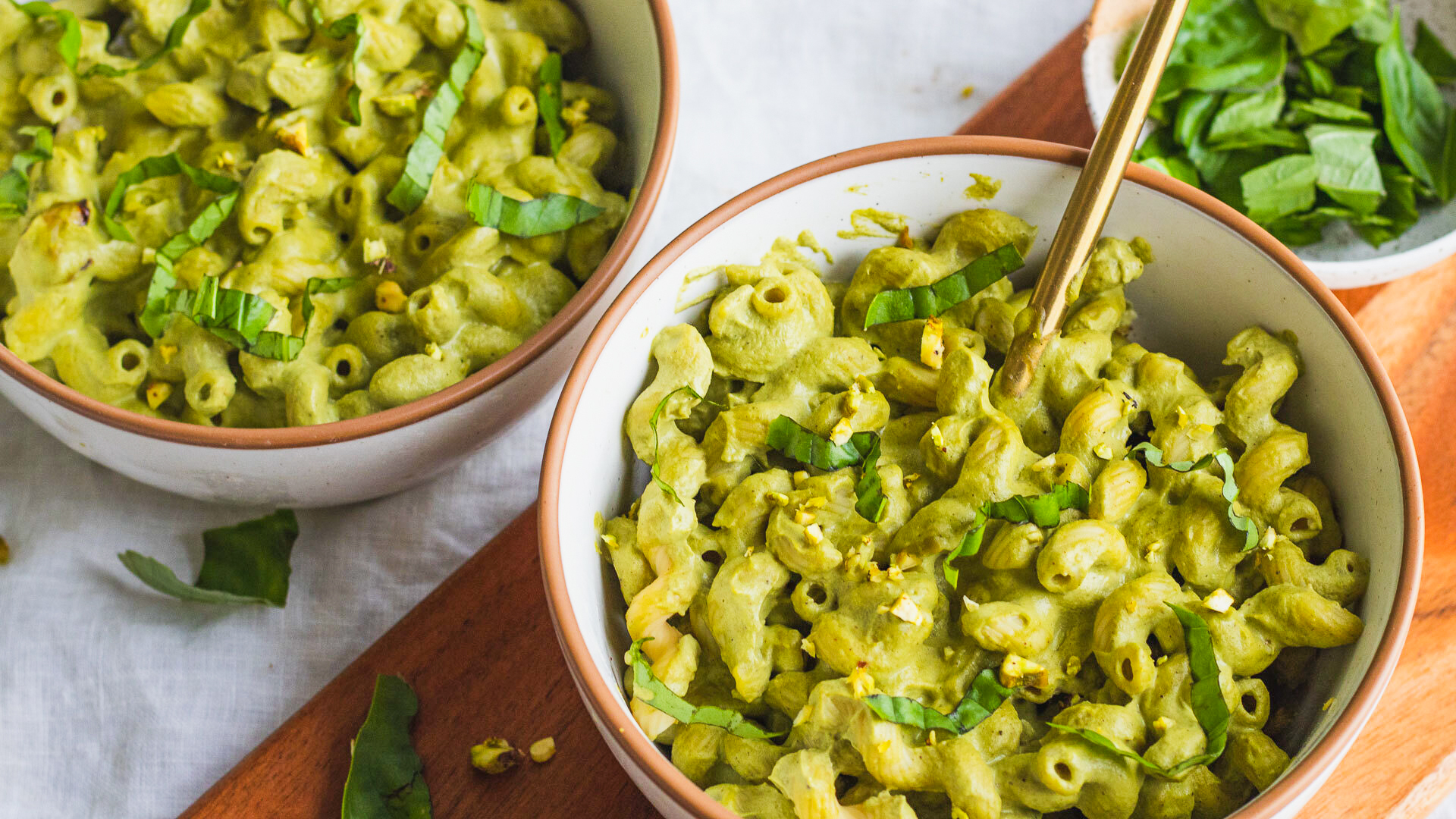
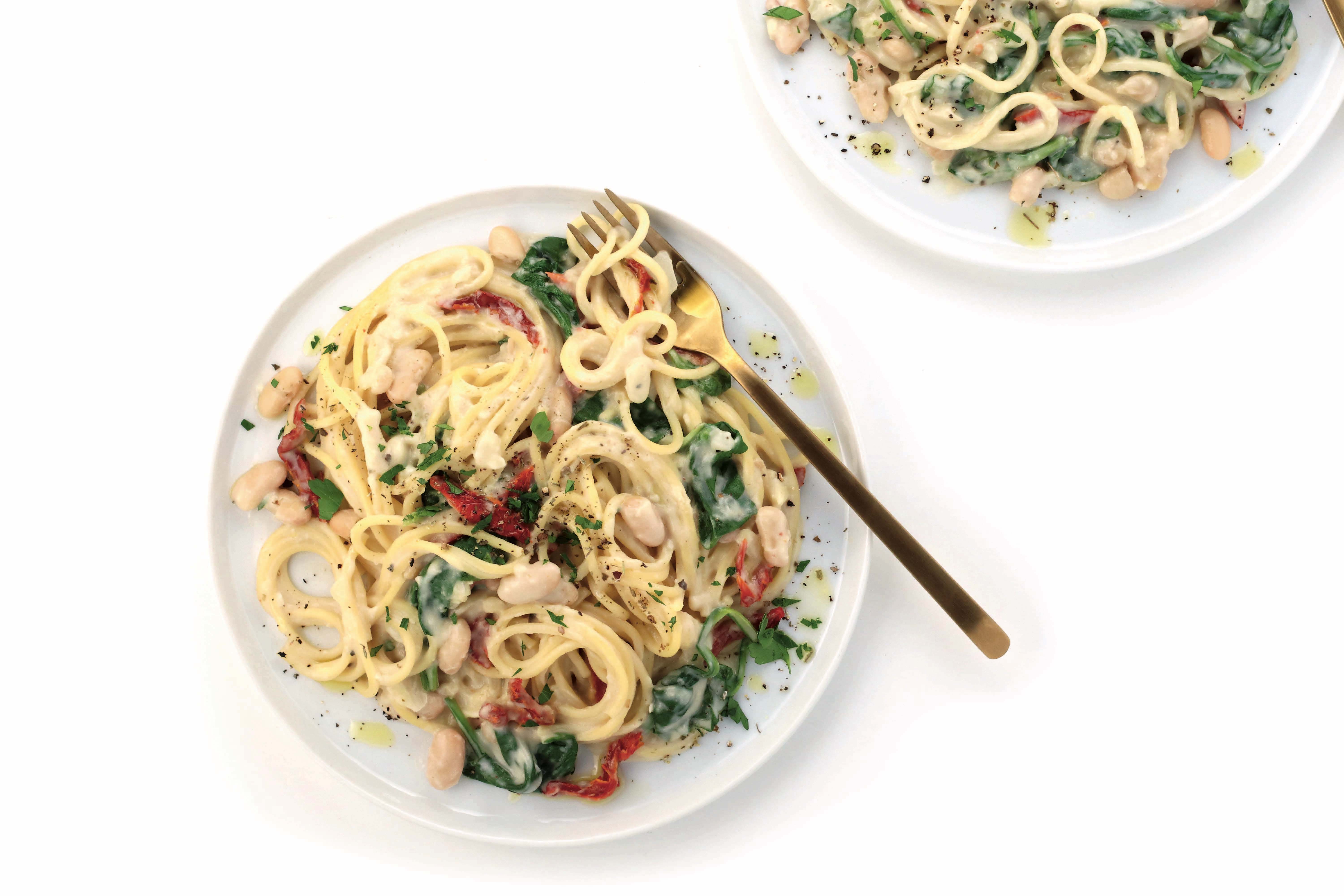
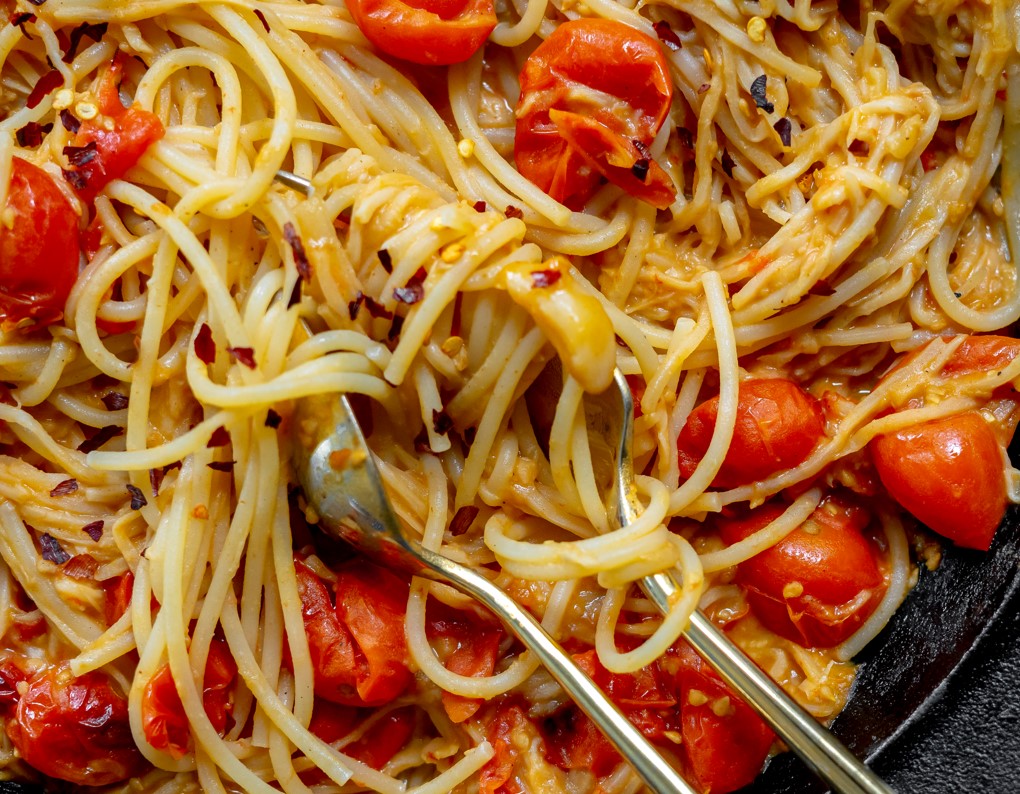
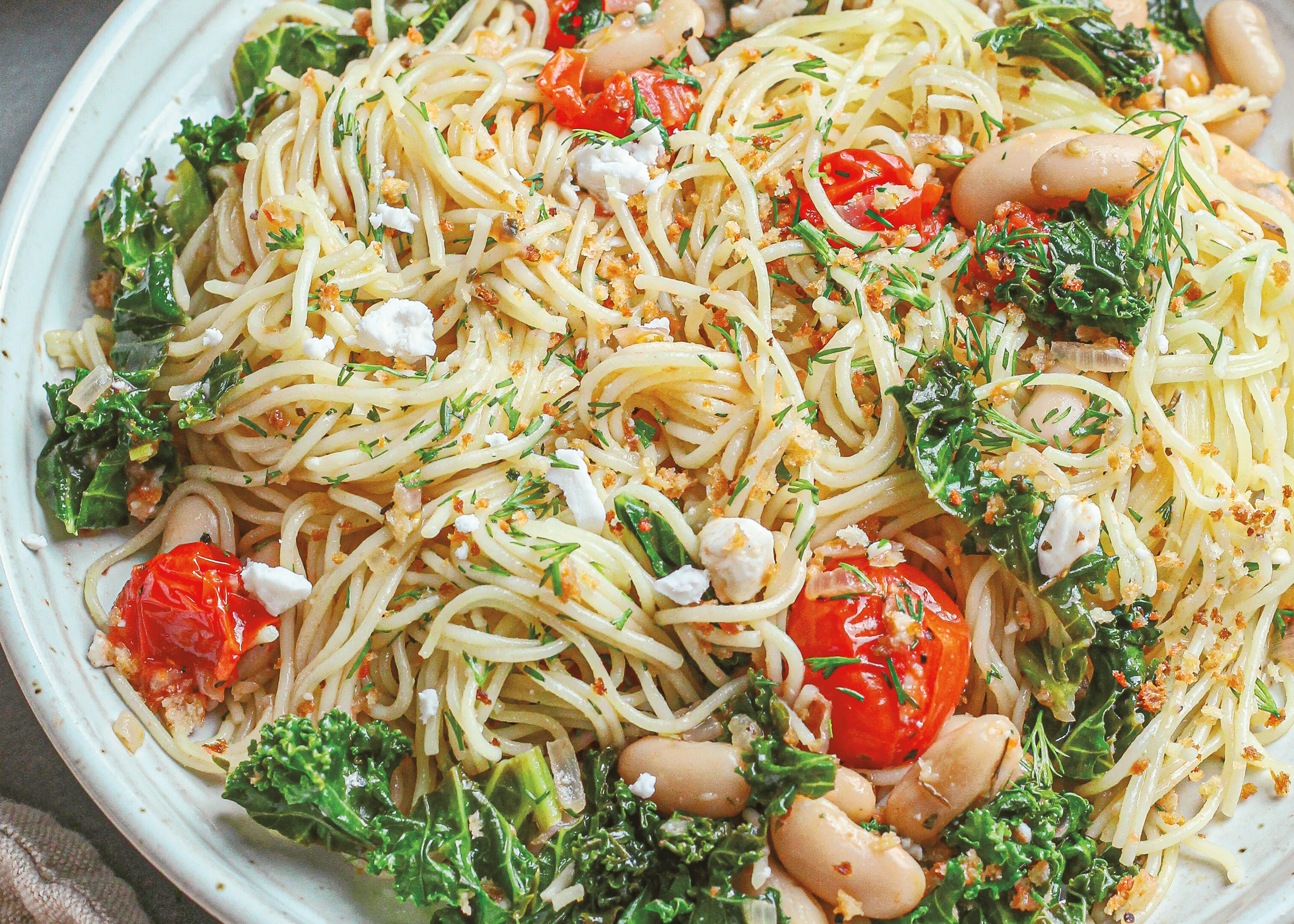
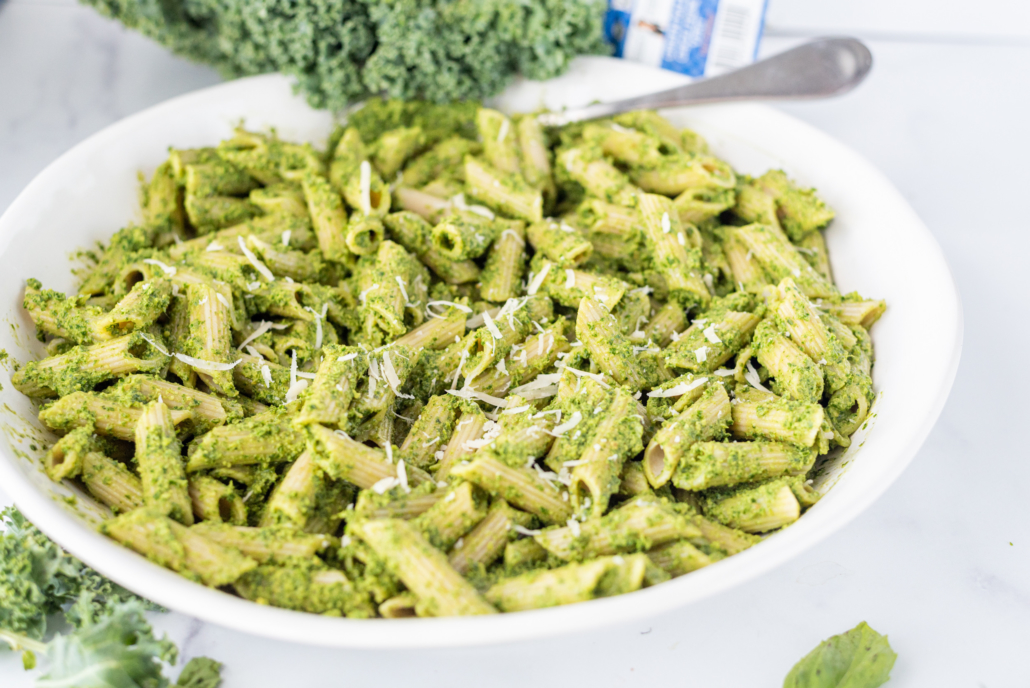
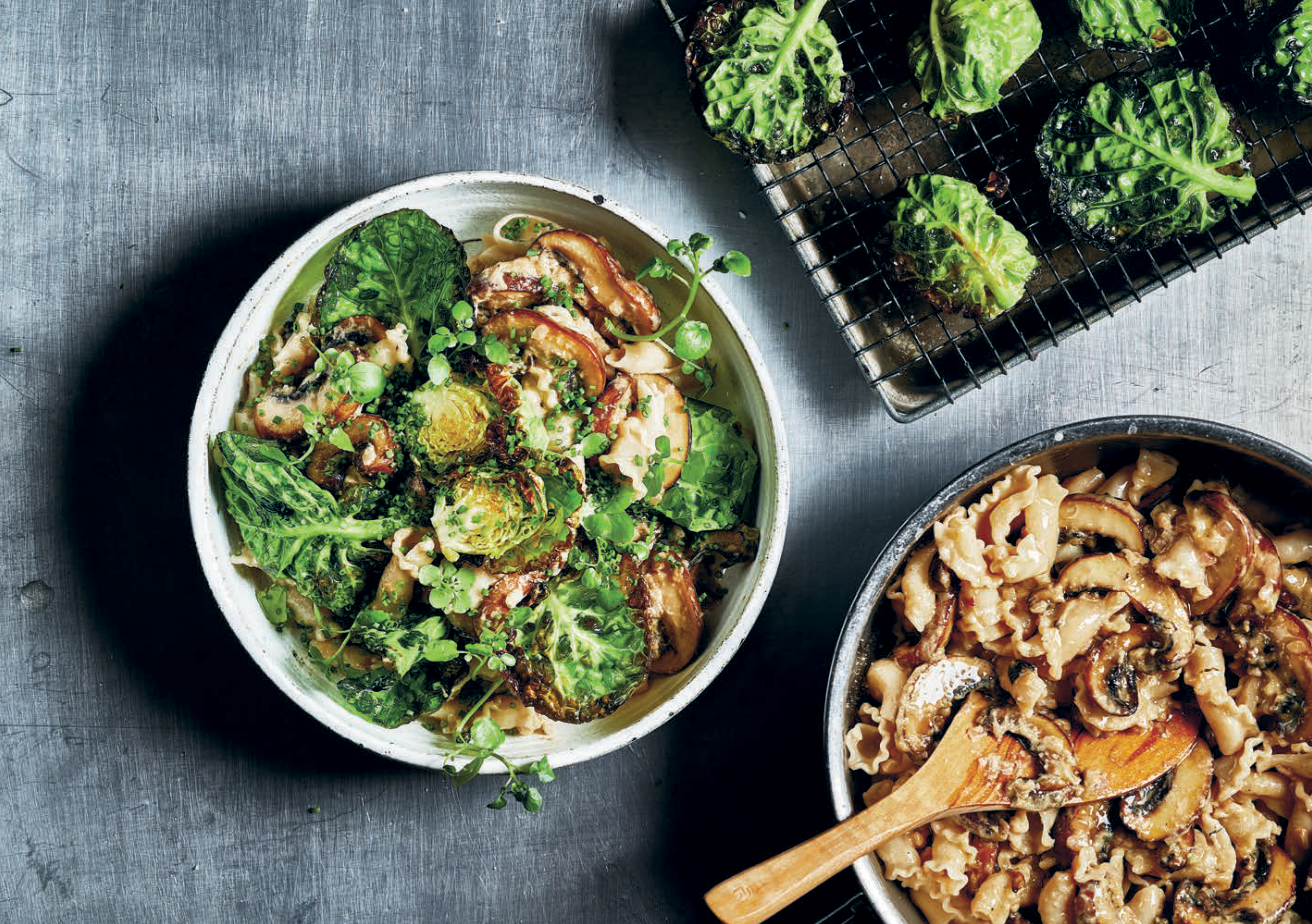
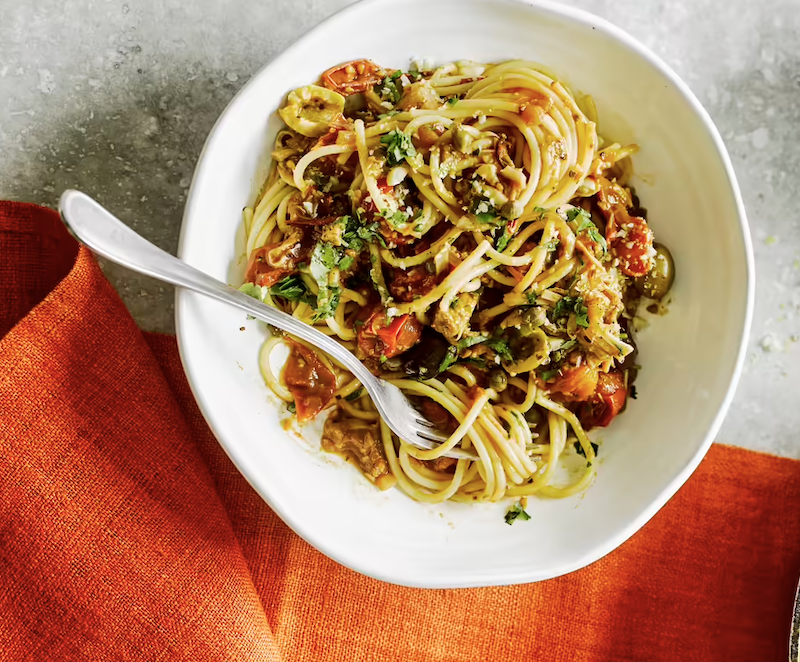
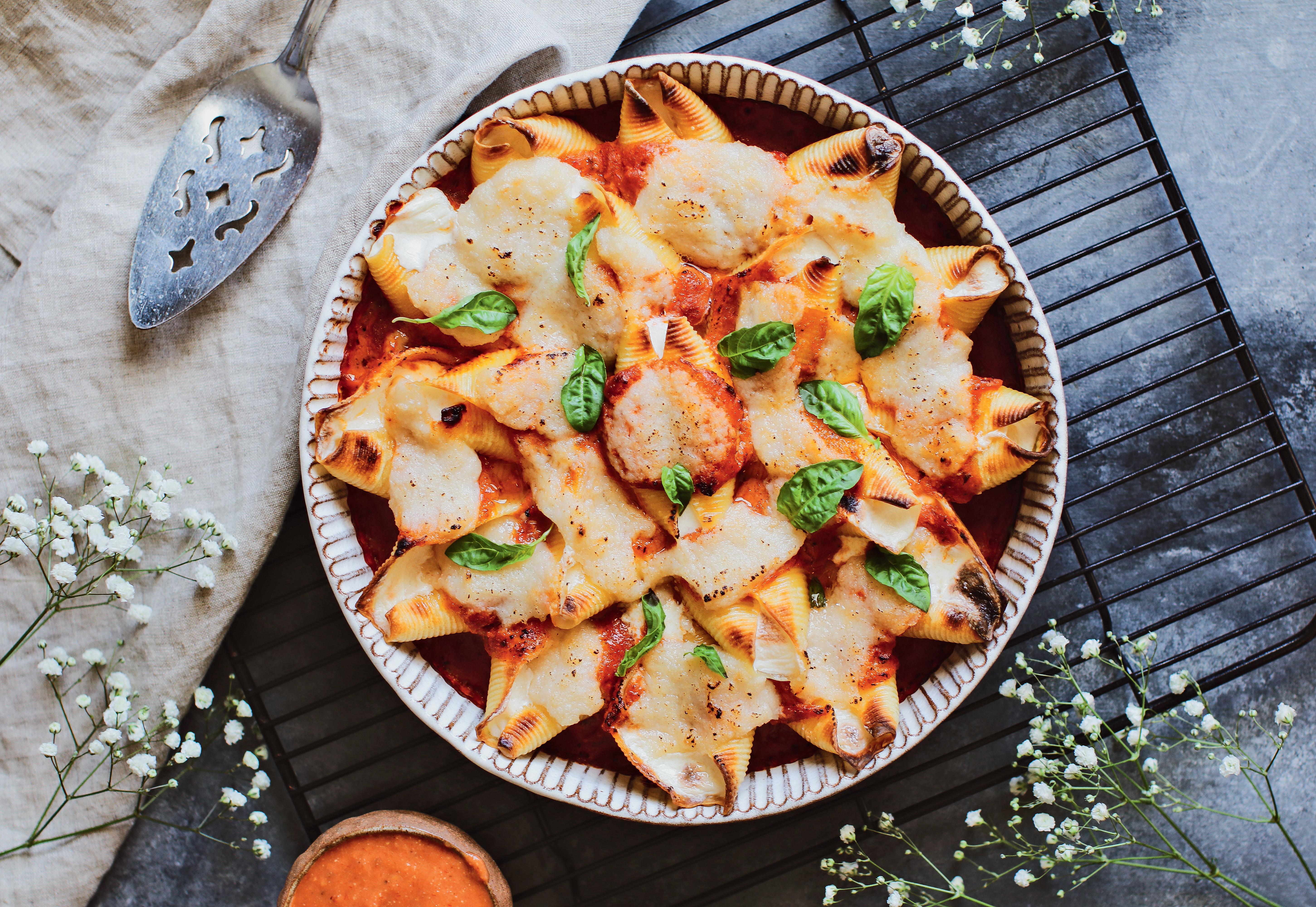
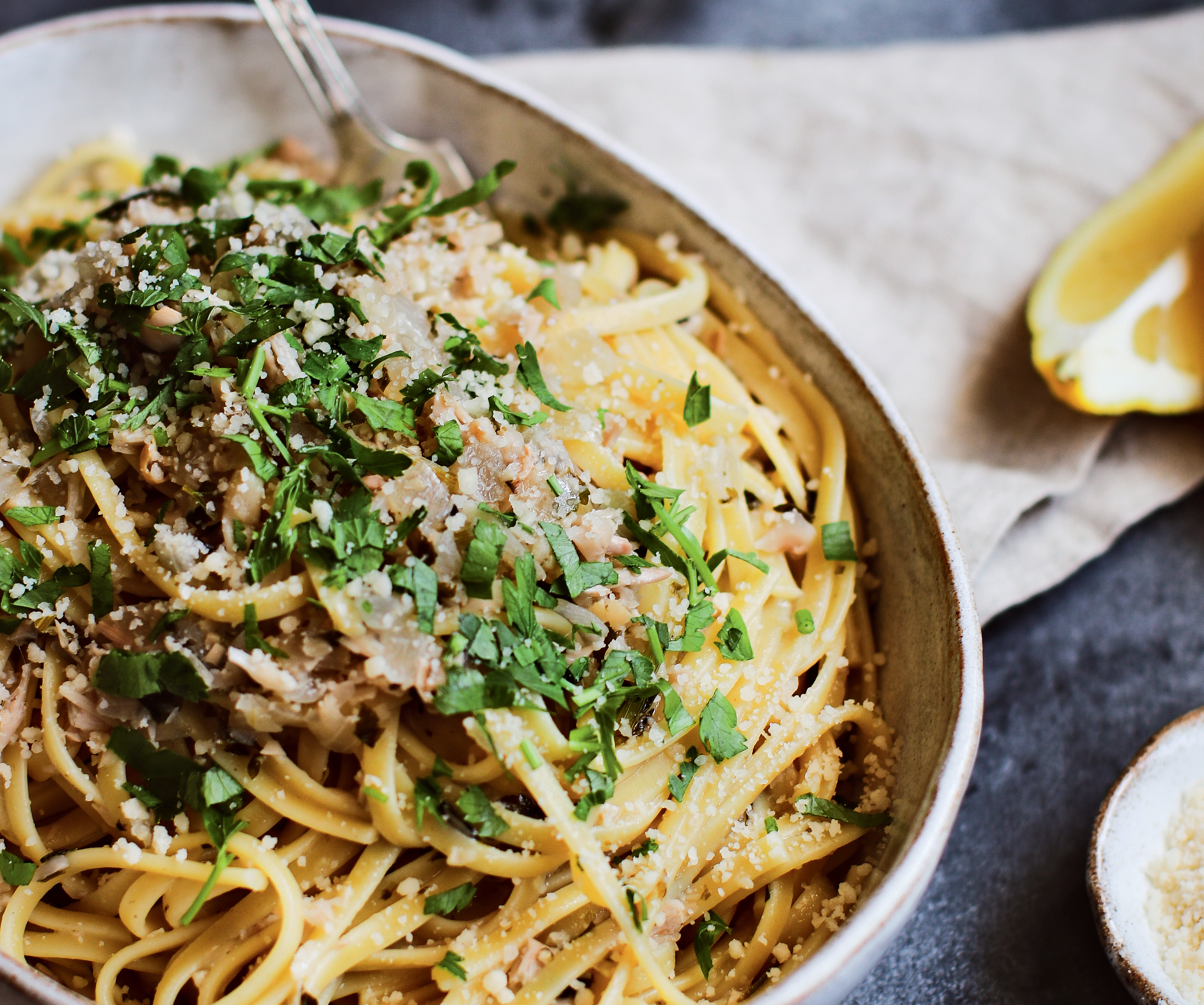

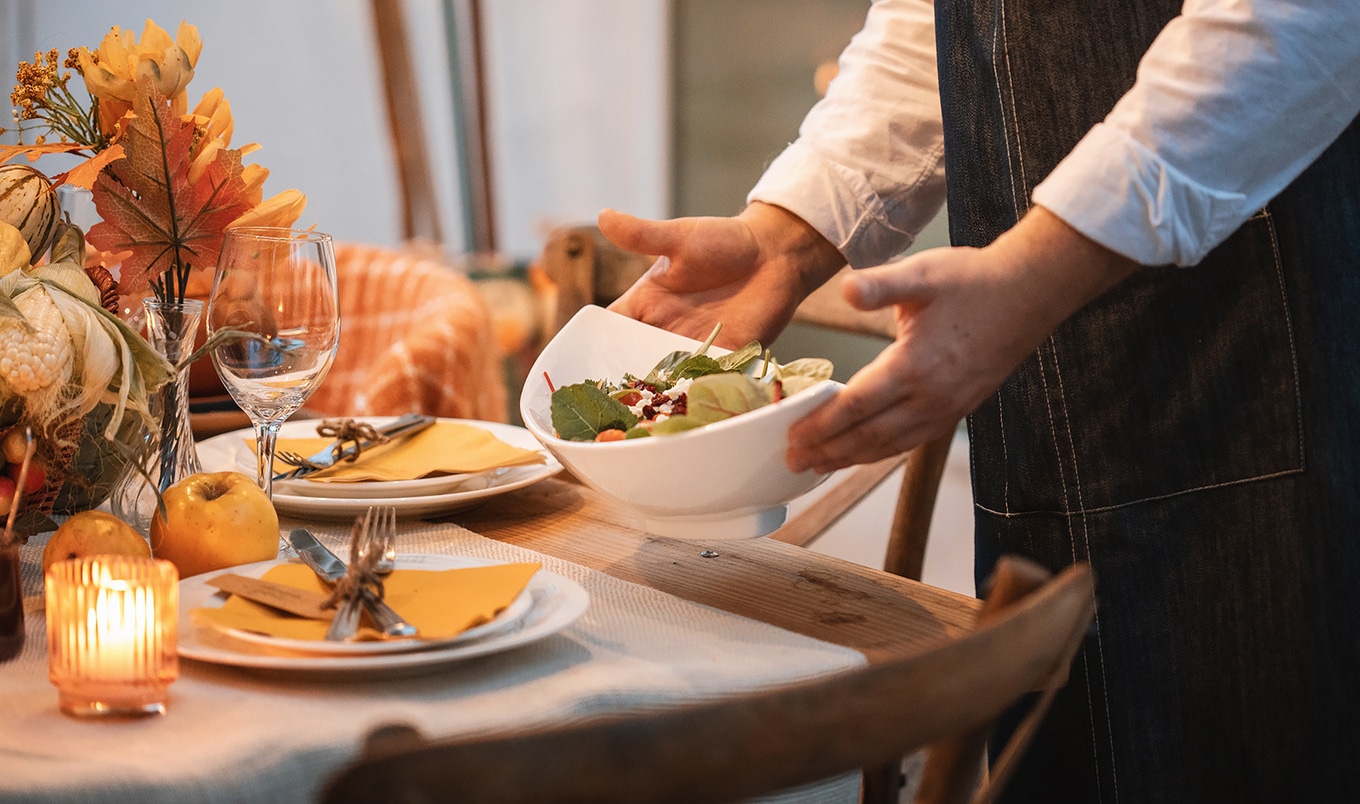
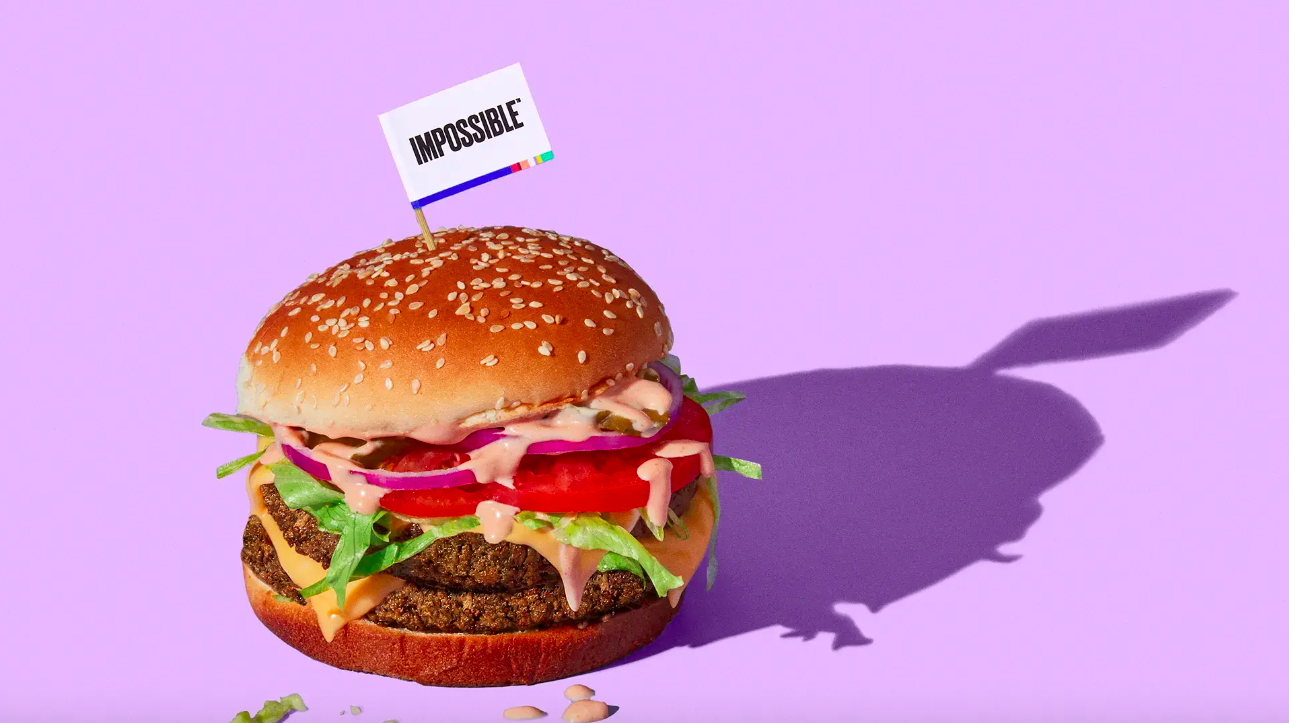
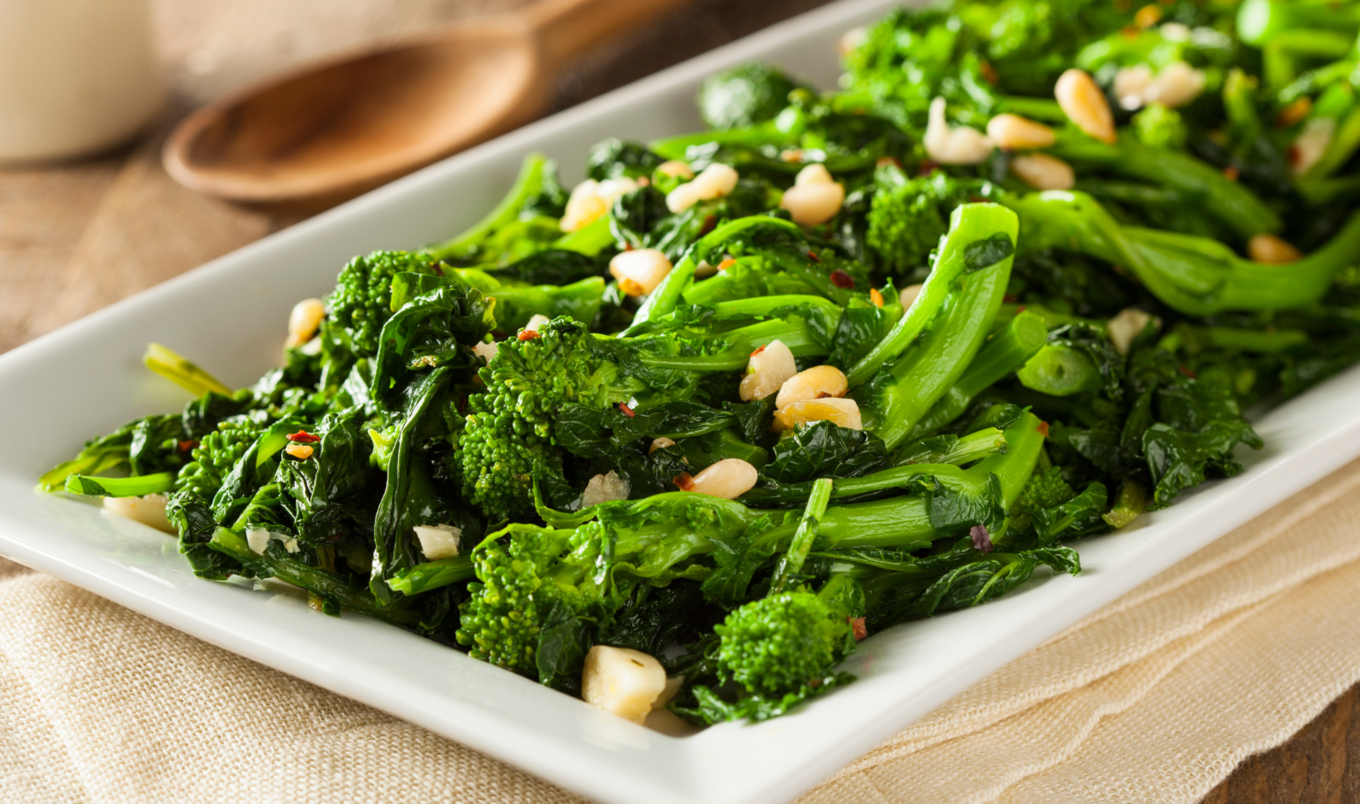


.jpg?sha=1491c255b49d3e03)